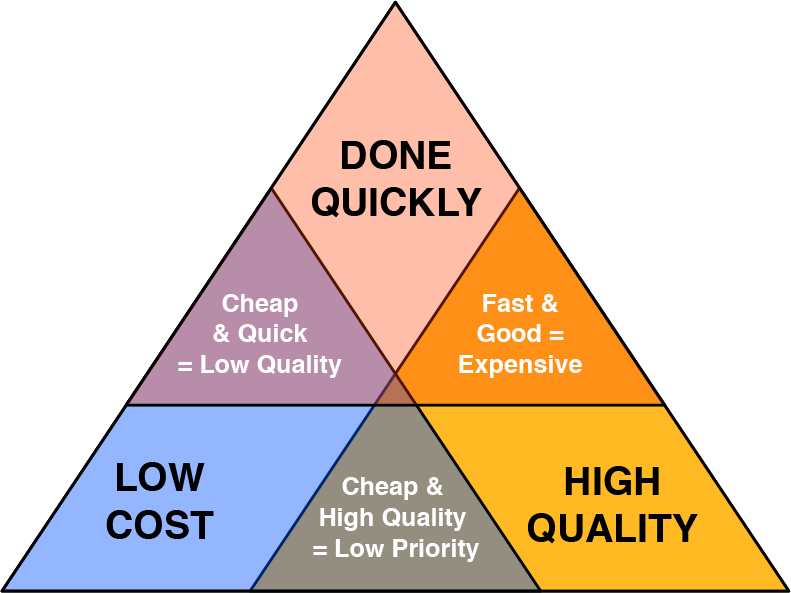Modularity for dummies, part I
Under pressure from the market and their competitors, machine builders, but actually every system developer, are looking for ways to stretch and compress the ‘magic triangle’. In other words: deliver higher quality in a shorter time at a lower cost price. Money-time-quality are inextricably linked in this triangle.

‘Modularity’ is a often coined as a solution that offers a way out of the entrapment of the magic triangle.
Maybe it is. But what is modularity really?
I remember a visit to a machine builder with a product portfolio of about 10 different machines. They were successful, partly thanks to the modular construction of their machines, in their opinion.
During the tour of the factory, we held still in front of one of their, rather impressive, products. Quite a complex combination of mechanical, pneumatic, hydraulic, electrical and (invisible) software parts.
When I asked how this machine was built in a modular way, after some back-and-forth-and-past-each other I came up: this was 1 (one) module! …. with many options. Ah …
In fact, their portfolio of 10 different product lines had just as much modules. Well, at least that keeps things clear and comprehensible. Such as a LEGO construction box of a pirate ship, where the content consists of 1 large LEGO block … in the shape of a pirate ship.
This is what I call monolith standardization or ‘maximum model’ standardization. A bit like Henry Ford in the early years of the automotive industry: the Model T was available in one variant, in all colors as long as it was black.
And just like Henry Ford, you can be quite successful with that.
Until the competitor starts offering your customers more variants, options.
For a while all goes well, by adding all kinds of options. But the number of variants that you can make and maintain in this way is limited.
Car manufacturers, IKEA and more and more machine builders have recognised this problem. They build ‘modular’.
Modular building means that you give your (LEGO) building blocks such a size that you can build all current (and expected future) variants by combining the blocks into a larger whole.
But how big or small should those blocks be? LEGO Duplo or Technic? It is so easy to build with large blocks. Small blocks make it so flexible. We will talk about that in Part II. Because somewhere in between lies the best solution for you.



